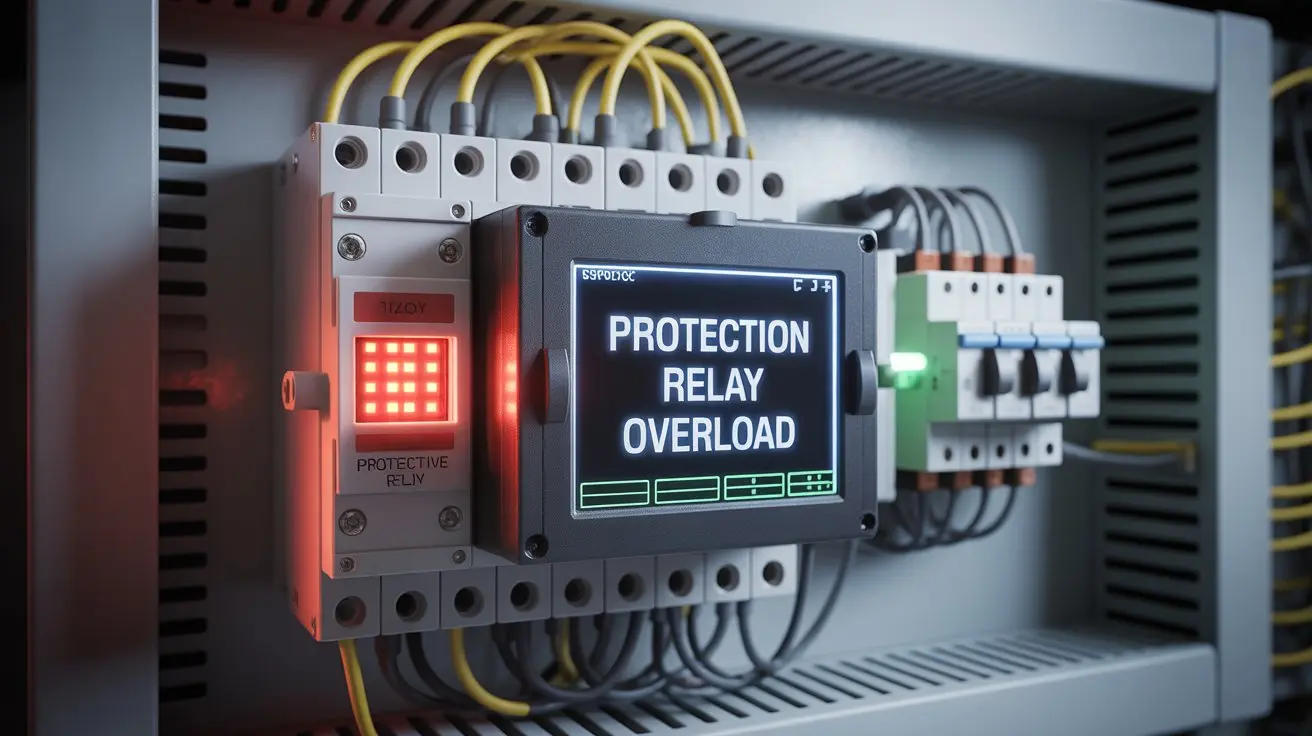
- Technical
The protection relay immediately detects issues related to overload and protects the motor or circuit from damage. It identifies excessive current flow and automatically trips to ensure the safety of the system. When an electrical device or circuit starts carrying current beyond its capacity, it is called an overload. This situation occurs when too much load is connected to a single circuit or a machine operates beyond its designated limit. If the overload condition persists for a long time, the equipment may overheat, get damaged, or cause faults in the entire system. Therefore, protection relays are used to safeguard against overloads. How Does a Protection Relay Solve Problems Related to Voltage or Current? Click here https://www.nsengineers.co.in/blogDetails/29 to learn more! When a circuit or device carries current beyond its rated capacity, it is called an overload. In this situation, the following events occur: Therefore, protection relays are used to prevent overloads. They monitor the current and immediately shut down the circuit in case of a dangerous situation. Click here https://www.powertest.in for detailed information about the relay testing kit. When an overload occurs in an electrical system, meaning the current exceeds the rated limit, the protection relay activates immediately. Its step-by-step operation is as follows: The protection relay acts like a safety guard, taking immediate action in dangerous situations like overloads to protect the system and equipment from damage. Keep your machines and systems safe from overloads!Introduction to Overload
What Happens During an Overload:
Increase in Temperature: Excessive heat is generated in wires and equipment.
Insulation Damage: The insulation of wires may melt, increasing the risk of a short circuit.
Equipment Damage: Motors, transformers, or other machines may burn out or get permanently damaged.
Power Supply Disruption: Due to system instability, the electricity may trip.
How Protection Relay Solves Overload Issues
Detecting Overload: The relay continuously monitors the current. As soon as the current exceeds the limit, the relay identifies it.
Sending Signal: Upon detecting the overload, the relay immediately sends a trip signal to the circuit breaker.
Tripping the Circuit Breaker: The circuit breaker stops the flow of electricity, preventing excessive current flow.
System Protection: This protects the equipment from overheating, burning, or damage and keeps the entire system safe.
Conclusion:


